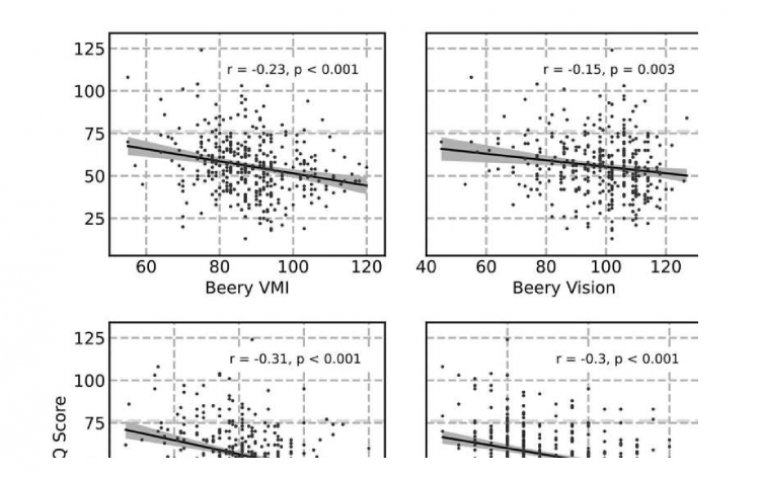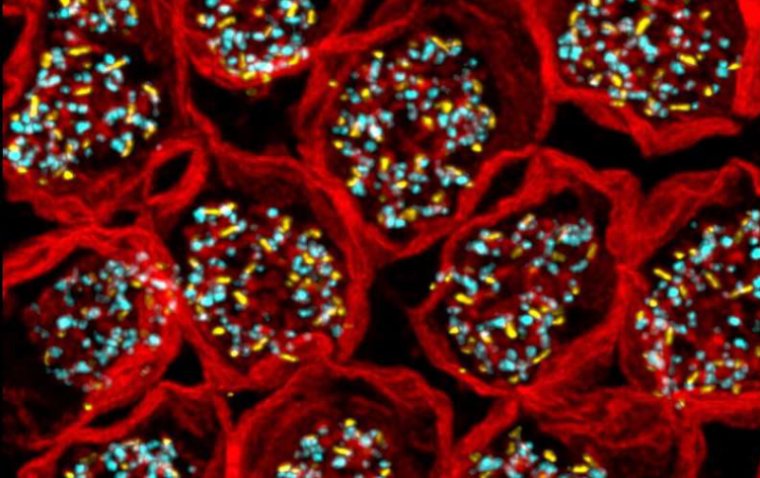
Enhancing Retinopathy of Prematurity (ROP) Risk Profiling via Placental Vascular Malperfusion Evaluation
Researchers in The Netherlands, led by Salma El Emrani, BSc, have found that assessing maternal and fetal vascular malperfusion could help identify infants at high risk of developing retinopathy of prematurity (ROP). ROP affects 10% to 25% of preterm neonates born before 32 weeks of gestation. Traditionally, low gestational age (GA) and birth weight (BW) have been the primary risk factors used for ROP screening. However, recent findings suggest that placental inflammation, including acute histologic chorioamnionitis (HCA) and funisitis (FUN), could directly contribute to the development of ROP.
Maternal and Fetal Vascular Malperfusion in ROP Risk
The study explored two forms of uteroplacental malperfusion: maternal vascular malperfusion (MVM) and fetal vascular malperfusion (FVM). MVM results from disrupted blood flow between the mother and the placenta, affecting nutrient and oxygen delivery to the fetus. FVM involves pathologies caused by umbilical cord obstruction, leading to reduced blood flow and fetal hypoxia. Researchers studied 591 neonates with a GA ≤ 32 weeks or BW ≤ 1500 grams, collecting clinical data and evaluating placental samples for histological abnormalities such as distal villous hypoplasia, ischemia, and fetal thrombosis.
Study Findings
The study revealed that neonates with ROP had increased rates of distal villous hypoplasia (44%) and hydrops parenchyma (7%), compared to those without ROP (31% and 0%). Multivariate regression analysis identified three placental factors independently associated with ROP: distal villous hypoplasia (odds ratio [OR] = 1.7), severe acute histologic chorioamnionitis (OR = 2.1), and funisitis (OR = 1.8). These findings suggest that evaluating placental health immediately after birth can help refine ROP risk profiles and identify high-risk infants earlier.
Implications for Early Diagnosis and Treatment
Identifying placental abnormalities shortly after birth offers a potential method for early ROP diagnosis. The research suggests that personalized treatment strategies could be developed based on these findings, potentially preventing ROP in extremely premature neonates. As El Emrani and colleagues concluded, “These newly found placental risk factors may be used as placental therapy targets to prevent ROP in these vulnerable infants.”
This study emphasizes the need for integrating placental evaluations into neonatal care, aiming to improve early identification and personalized interventions for infants at risk of developing ROP.
Source: https://iovs.arvojournals.org/article.aspx?articleid=2800752
(1).jpg)










